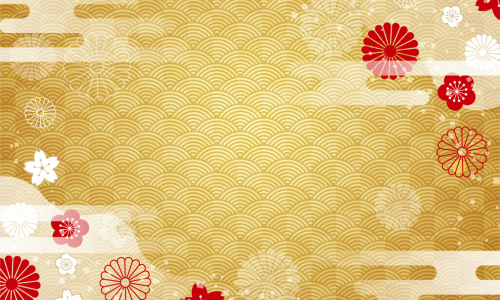Hello, Everyone!
Here’s Sachi!
Valentine’s Day is all about chocolate.
For some reason, Valentine’s Day in Japan has become a time for giving chocolates to the person you love, and around mid-January, department stores and grocery stores are filled with beautifully wrapped chocolates. Many people make their own chocolates, so the sweets-making sections are also attracting a lot of attention.
Custom about 20 years ago.
Chocolates are basically given to men by women. Some girls use Valentine’s Day as an opportunity to tell someone they like him. So, receiving chocolates can be taken as a sign that she likes you, even if there is no message. In those days, when this was the norm, boys were so excited when it came to Valentine’s Day. If a girl you like gives you chocolate on Valentine’s Day, you know that she likes you, too. On the other hand, if that girl gives chocolate to someone different, it is the day when they are shocked to find out who she likes.
The more chocolate a boy receives, the more popular he proves to be.
Honmei and Giri, where Honmei is someone you really like and Giri is just a friend or classmate.
If you receive chocolates, you cannot tell if they are Honmei or not until you ask the person in question. However, there is also a way to tell if it is Honmei or Giri. The wrapping of the chocolates you received was the same as the other boys, most likely Giri. For girls who prepare bought chocolates for Valentine’s Day, the wrapping makes a difference between chocolates for Honmei and those for Giri. Also, some famous brands of chocolates are for Honmei, and for Giri, they buy a large bag of chocolates and pass out the chocolates inside. If it’s handmade chocolates, there’s a good chance that it’s Honmei.
It is actually an event that becomes emotionally complicated when a girl gives you chocolates without any kind of message, and you can read her feelings not only from the atmosphere when she gives them to you, but also from the wrapping, etc. LOL
Recent customs
This was when I was a student. In recent years, the gender of the recipient is no longer a factor in Valentine’s Day chocolate giving. Men are giving chocolates to women more often than they are receiving them, and the “honmei” and “giri” have faded away, and women are giving chocolates to each other and their friends, or to their colleagues at work as a feeling of thankfulness.
Incidentally, Japan has a White Day on March 14. This is the day when people who received chocolates on Valentine’s Day return the gift to the recipient. Candy and cookies are rather common. Even if you are elated to receive a lot of chocolates on Valentine’s Day, you have to return every single one of them the following month, which is a big deal. It’s not just one person who benefits. The world is very well made, isn’t it? LOL
In the past, those who received Giri’s chocolates must have had even more indescribably complicated feelings when knowing they had to return the favor on White Day, giving chocolates back to the givers who they did not have any romantic feelings towards. LOL
Different generations have different views on Valentine’s Day
This is my personal opinion, but when people in their 70s and above were younger, the custom of Valentine’s Day was just coming into Japan, I don’t think it had taken root that much. So I think they are not that interested in Valentine’s Day. I feel that people in their 40s to 60s still care about whether it is Honmei or Giri. For those in their 30s and younger, I think it’s like what I mentioned earlier, where girls give chocolates to each other as friends or to their colleagues as a token of thankfulness.
It is interesting that each generation has a different mindset toward Valentine’s Day, even though they are all Japanese.
\Use this link to get 30% off your first lesson./
If you are interested in learning Japanese, try Preply’s private lessons!


